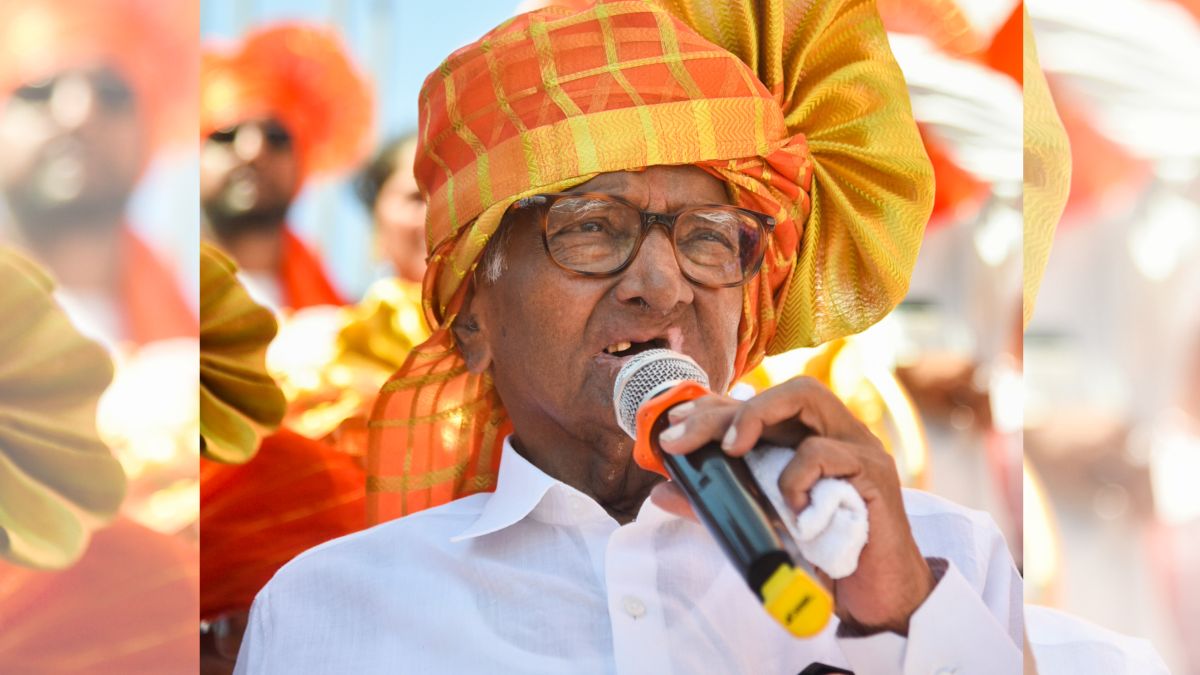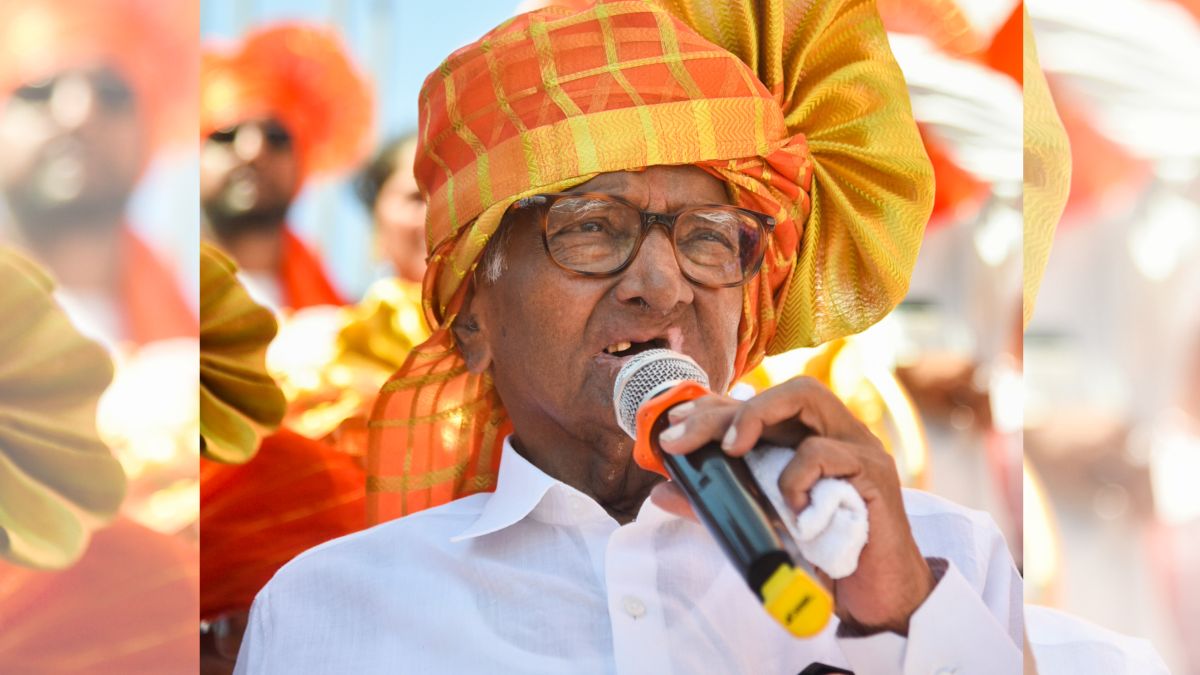“Madam, vo pradhan anaaj to de gaye hai par unhone bahut kuch bola hume…ki hum tumse naali saaf karwyenge ye jo anaaj le rahe ho iske liye…hume achcha nahi laga madam…hum bhookhe rah lenge par unke paas nahi jayenge dubara. (Madam, the pradhan did come and give us grain but he also said several things… that we would be made to clean the drains in the village in exchange for the grain… we didn’t like this… we will remain hungry but will not approach them for help again).”
This was an account by one of the 17,000 migrant workers who reached out to SWAN (Stranded Workers Action Network) for relief and help while the country battled COVID-19 and a lockdown to help contain the spread of the virus.
“Unilateral decision by the Central government to impose a lockdown without consulting the state governments has resulted in this chaos,” says Rajendran Narayanan, professor of Economics at the Azim Premji University, who is one of the SWAN volunteers. According to Rajendran, since the lockdown was announced by the Centre on 24 March midnight, at least 17,000 migrant workers have called them for help.
Most of the volunteers at SWAN have been working with civil society initiatives. According to them, they started getting distress calls from stranded migrant labourers who were tired of running from pillar to post to avail the relief offered by central and state governments. “One of the first calls came from Mangalore, where 21 labourers were out of money and food. We helped them out with some immediate cash transfers, which is when we started getting more calls. That’s when we decided to document it into a report,” said Sakina Dhorajiwala, one of the researchers with SWAN.
On 1 May 2020, the group released a report — 32 Days and Counting: COVID-19 Lockdown, Migrant Workers, and the Inadequacy of Welfare Measures in India — which found that, of the 17,000 workers that reached out to them, only 6 percent have been paid their full wages during the lockdown and more than 99 percent of the self-employed — which includes painters, welders and electricians, among others — did not get paid at all. Remember that the majority of them work on contract basis and send their earnings home. The lockdown, when announced, hurt them the most because overnight they had no income and they couldn’t return home, either.
“About 50 percent of the workers had rations left for less than a day. It increased to about 54 percent for a few days after 14 April but has been steady around the halfway mark throughout the period. About 72 percent of the workers said their rations will finish in 2 days. These are out of 10,170 stranded workers for whom we have this data,” the report further noted.
According to Sakina, they started the process of direct cash transfers from donors by assessing the need of the particular group they aimed to help. The system is straightforward. “We get the bank account details from the stranded migrants and ask the donors to transfer the money. No overhead costs, no middlemen,” she added.
COVID-19 Lockdown, Migrant … by Devparna Acharya on Scribd
Government dips a toe in
Several volunteer groups have reached out to stranded migrant workers across the country since the lockdown, in the absence of a robust government machinery, which for all practical purposes, has failed the most vulnerable group of society. This workforce, ironically, also forms the backbone of the national economy . “Those who reached out to us for help did not want to go to government officials for assistance. The complicated process to avail relief and rude and uncooperative government officials, in some cases, deterred the workers from reaching out to them. We got in touch with district administrators, activists and NGOs and reached out to at least 17,000 workers (who are featured in the report),” Sakina added.
Despite news reports and several videos circulating on social media on the conditions that the migrant workers are forced to live in, a majority of the Central government’s measures have put the onus on state governments and the migrant workers.
In an order dated 29 April allowing movement of the stranded workers, the MHA said, “All States/ UTs should designate nodal authorities and develop standard protocols for receiving and sending such stranded persons. The nodal authorities shall also register the stranded persons within their States/ UTs; In case a group of stranded persons wish to move between one State/ UT and another State/ UT, the sending and receiving States may consult each other and mutually agree to the movement by road.”
In a status report submitted to the Supreme Court in early April, the Centre had said, “It is submitted that in the view of the aforesaid financial package which takes care of daily needs of every poor person, which include migrant workers as well as their respective families in their original villages, there was no necessity for workers to rush to their villages who started shifting from place of their occupation to the place of their residence. Their daily needs were being taken care of wherever they were working…” The report further informs the court that approximately 4.14 crore have migrated for work. “The present barefoot migration which has taken place consists of - on a very rough estimate - 5-6 lakh persons in the country.”
“There is such a blind disconnect within the government on the issue of migrant workers, it’s just baffling,” says Anindita Adhikari, a PhD candidate at Brown University and one of the volunteers at SWAN. “The Centre’s status report to the Supreme Court is obnoxious.”
According to Anindita it is not that the governments have done nothing. “Jharkhand, Bihar, Odisha and West Bengal governments have ensured that the rural population gets their ration and that is because of the better security system that the rural India has. And thanks to the PDS, those back home are not going hungry. At the same time, PDS does not extend to non-ration card holders. Is the central government even aware that the majority of the workers travelling for employment can’t use their ration cards when they aren’t in their home states.”
The report condemned the Centre for depending on the state governments to “shoulder the burden” of the relief measures. It said that while the BJP has referred to the idea of ‘one nation’ (akhand bharat) in several contexts, the actions don’t adhere to the notion. “Universalising rations should be a priority for this government. 77 million metric tonnes of food grains are in the Food Corporation of India (FCI) warehouses. The buffer stock norm to be maintained is 24 million tonnes. With the current Rabi harvest, the stocks are going to increase by another 40 million tonnes. There is no reason why they should depend on people producing ration cards at this point,” said Rajendran.
Most of the stranded workers are from poorer states like Bihar, West Bengal, Jharkhand, Assam and Odisha. But their host states are richer, like Karnataka, Maharashtra and Haryana. In fact, in March, experts had advised the host states to ensure that the migrants get enough food and proper shelter so that they don’t have to commute. Instead, it is the governments of Bihar, West Bengal, Jharkhand, and a few others that have reached out to “their people”. The report noted that states that benefit from the labour of these migrant workers have done little to provide cash relief. For instance, Maharashtra (and Mumbai in particular) has not announced any cash support for daily wage workers, a large proportion of which are migrants. So far, Bihar and Jharkhand have spent Rs 170 and Rs 27 crores for stranded migrants through app-based transfers. The Centre, meanwhile, has been silent.
As per a highly conservative estimate, 258 of the respondents have received cash support from the government. The report notes that this is a massive overestimate as they are assuming that every member of the group that called received cash support from the government even if only one of them got it. “In reality, somewhere between 49 and 258 people out of 10,383 have received some cash support,” the report further notes. “We needed evidence to show courts and various government organisations that the problems of migrant workers was not anecdotal. It was a real issue. It is not a partisan report,” Anindita notes.
Apply, apply, but no reply
The “blind disconnect” is evident by the lack of information that the government has on the migrant workers and their families. In response to an RTI query, the office of the Chief Labour Commissioner under the Union Ministry of Labour and Employment claimed it does not have state-wise and district-wise data despite the CLC directing the regional heads based in 20 centres across the country to enumerate every migrant worker stranded due to the lockdown within three days during the second week of April, 2020.
Given the lack of information about the target audience, there is bound to be chaos on the ground, which many reports have highlighted since the lockdown came into force. “Clarity was missing from most of the orders. And even the numbers provided by many states like Jharkhand, Telangana and Maharashtra are either defunct or it’s of no help. Many workers called us and asked us to call the relevant authorities and arrange for help. They were so tired of reaching out to the government, as there was no guarantee of support,” Sakina said.
About 43 percent of those who reached out to SWAN are originally from Bihar, about 27 percent are from Jharkhand, 12 percent are from Karnataka and 6 percent are from West Bengal.
With no cash-relief for migrants, the SWAN report said 64 percent have less than Rs 100 left with them. With no change since 14 April, about 78 percent of people had Rs 300 or less left with them and 74 percent of people had Rs 200 or less left with them. “This is out of 9,981 stranded workers for whom we have this data,” the report added. Over 97 percent (out of 10,383) have not received any cash relief from the government.
With the Centre “abdicating responsibilities”, the state governments were left in the lurch. According to the volunteers, if the state and central governments collaborated and worked together, this would have been easy to manage.
“Goa, Karnataka and Delhi governments are making relief work easy, while Maharashtra has been the worst of the lot. Satara, Kolhapur and Sangli authorities responded to us and were helpful, but Mumbai by far was the worst,” said Sakina. According to the latest numbers, Mumbai is the worst-affected city in India with total cases exceeding 14,000 as of 11 May. “BMC helplines never worked, they were always defunct. We tried contacting some politicians, they never responded. We reached out to them via the numbers shared on Twitter, tried to contact the control room, there was no response. Maharashtra CMO had put out a list of contact points and nodal officers, there was no response. Some who answered were very polite but there was no information that they could provide,” said Sakina.
In Haryana and Gurugram, State machinery was just absent, notes Anindita. “Lockdown was announced on 25 March and the Haryana government announced free ration for those who didn’t have ration cards only on 14 april. The ration card system in Gurugram barely covers 10 percent of the population and keep in mind that Gurugram has a huge migrant population that is into industrial and construction work. The government should be ashamed. They are doing less than what the civil society organisations are doing,” Anindita said.
The SWAN report is a crucial documentation of the fact that India needs to upgrade its social security mechanism at the earliest. Ration cards and digital delivery become pointless when the actual benefits don’t even reach the most needy. Aside from a moral standpoint, not providing food and adequate wage compensation is tantamount to violation of Article 21 of the Constitution —the fundamental Right to Life.


)




)
)
)
)
)
)
)
)